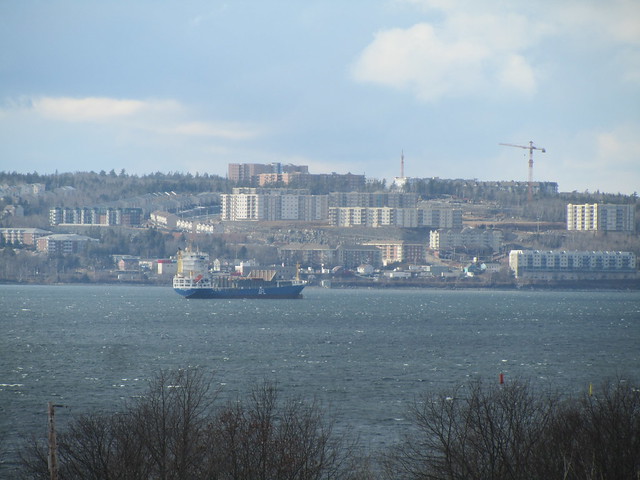Quote:
Originally Posted by Hali87

The East Coast does seem to have a different conception of what constitutes sprawl.. Halifax, for example, has an inner ring "905-style" suburbs - Cole Harbour, Bedford, Sackville ... This is part of Hammonds Plains, perhaps one of the best examples of this type of sub-suburb ... There are some advantages to this type of development - considerably more privacy, access to nature, and general preservation of the area's natural integrity. However, there are major downsides as well - they are very expensive to service, and effective public transportation is a non-starter.
|
It is interesting to compare sprawl in the Maritimes with sprawl in Ontario or points farther west. The exurban lots tend to look much more attractive but are unsustainable and are not being developed as quickly now. I think exurbia works when it is subsidized by 95% of the city but does not work when it is 50% of the city.
There are planning differences between different regions but the local geography also plays a big role. The Halifax metro area has a large harbour, hundreds of lakes, watershed areas, steep areas, rock that requires expensive blasting, etc. At the other end are some Prairie cities that are pretty much just a giant flat area that can be cheaply and easily paved over.
Exurbia aside, it is unfortunate that Halifax has many new developments that are medium density but car-oriented. In these areas people don't have the advantage of being able to walk around and they don't have the advantage of extra space. It would be so much better if these areas had mixed use developments and if walking were encouraged:

source - Urban_Halifax on flickr
I don't necessarily think the walkable neighbourhoods would be much more expensive, and people do want them. Sadly many of our problems appear to be caused by a legacy of misguided planning decisions and poor planning regulations aimed at separating uses, adding in setbacks and green space, etc. Even today in Halifax when people try to plan better neighbourhoods they always seem to think they want more green space. Green space can be good but the current problems are not caused by a lack of green space.